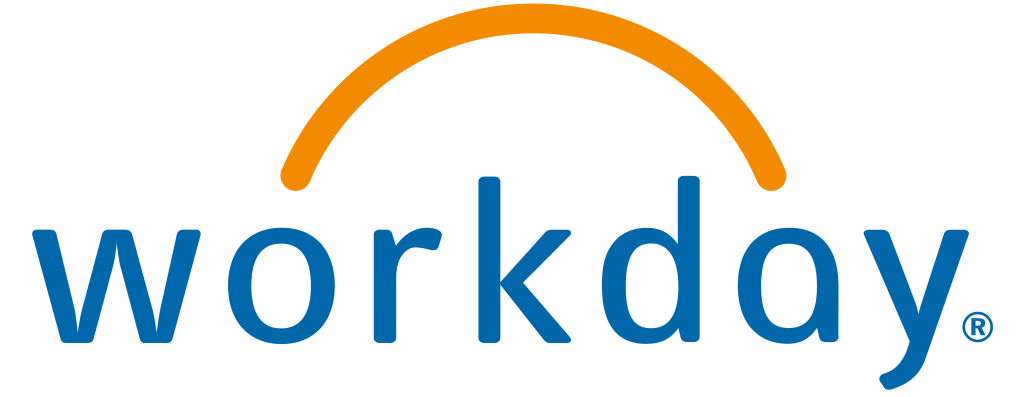For many employers and their HR leaders, the past 18 months have been nothing short of unprecedented turmoil. From supporting an unplanned remote workforce, to meeting changing worker expectations, to redeploying frontline workers to new locations and roles, saying that change has been dramatic is an understatement.
In fact, it’s no stretch to say that these COVID-19-fueled challenges came with an amplified, highly accelerated demand for workforce management strategies and solutions that may have been overlooked by most employers pre-pandemic.
Experts believe one such strategy that has been emerging during pandemic times is the growing need for optimizing the workforce. Simply defined, workforce optimization combines the efficiency of automated
workforce management with the flexibility of an agile, skills-based talent approach. The result? Improved employee engagement, business continuity and profitability.
n short, while employers in the past have had to pivot in response to changing business conditions, with COVID-19 they faced the most daunting scenario that has ever rocked the business world.
According to Diana Kearns-Manolatos, senior manager with Deloitte’s Center for Integrated Research,
the COVID-19 pandemic certainly has fueled the need for improving and driving workforce optimization as part of a new way to deploy talent management.
Please fill out the form to access the content
Resource Sponsored By


